Category: News
-
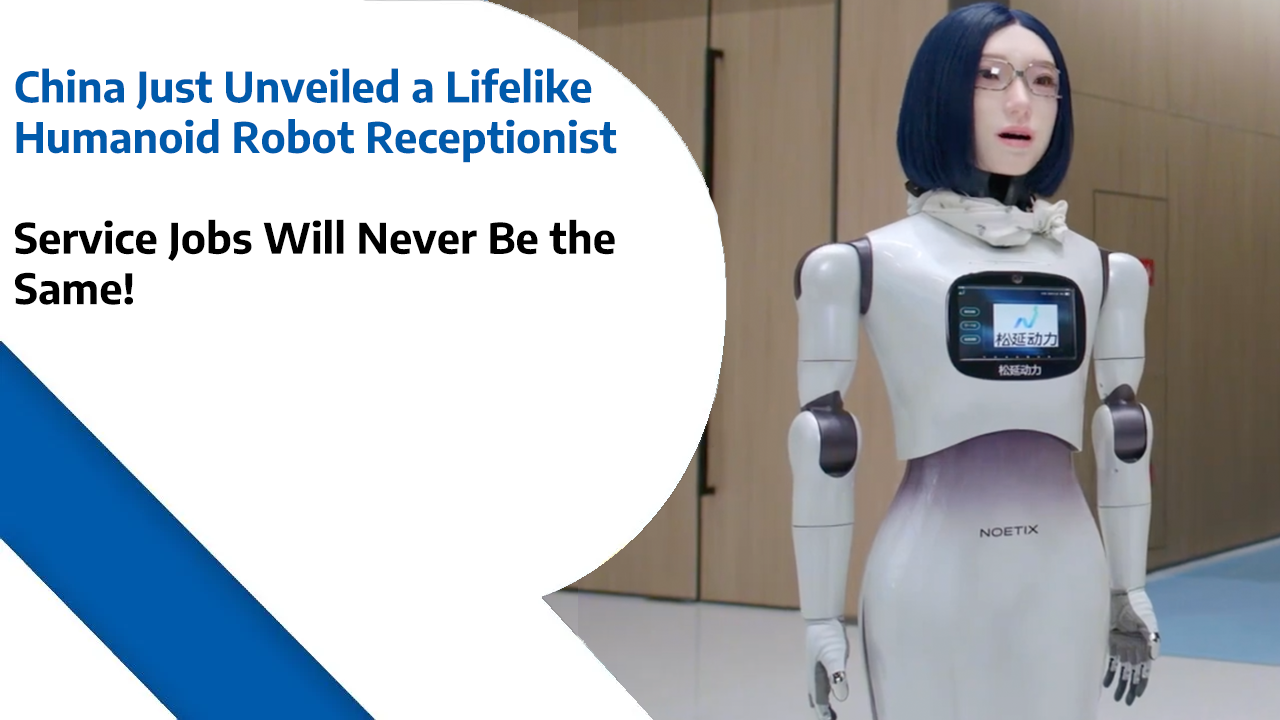
China Just Unveiled a Lifelike Humanoid Robot Receptionist — Service Jobs Will Never Be the Same
China Just Unveiled a Lifelike Humanoid Robot Receptionist — Service Jobs Will Never Be the Same! Imagine walking into a hotel, office, or hospital…the receptionist looks at you, smiles, gestures naturally —and then you realise she’s a robot. This is Hobbs W1, a new humanoid service robot from Chinese robotics startup Noetix, and it represents…
-
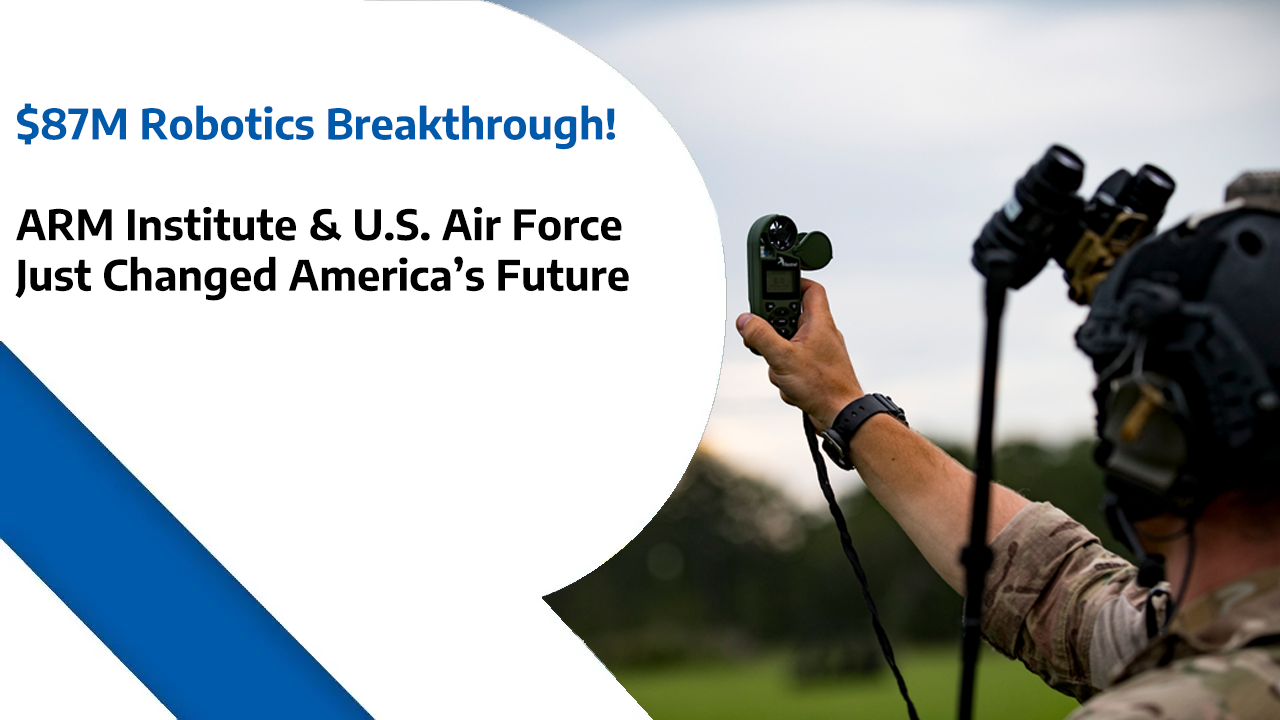
$87M Robotics Breakthrough – ARM Institute & U.S. Air Force Just Changed America’s Future
Alright, let’s get into it — because America’s robotics landscape just received a major upgrade.The ARM Institute, also known as Advanced Robotics for Manufacturing, has locked in a five-year cooperative agreement worth $87.66 million with the U.S. Air Force Research Lab. That’s a serious investment in America’s technological future. So, what’s this about?The ARM Institute…
-

A Robot Just Rebuilt Pompeii’s Lost Art — And It’s Shockingly Accurate
A Robot Just Rebuilt Pompeii’s Lost Art — And It’s Shockingly Accurate Pompeii has always been one of history’s most dramatic stories—an entire Roman city frozen in time after Mount Vesuvius erupted in AD 79. But what many people don’t know is that some of Pompeii’s most beautiful frescoes weren’t just damaged once… they were…
-
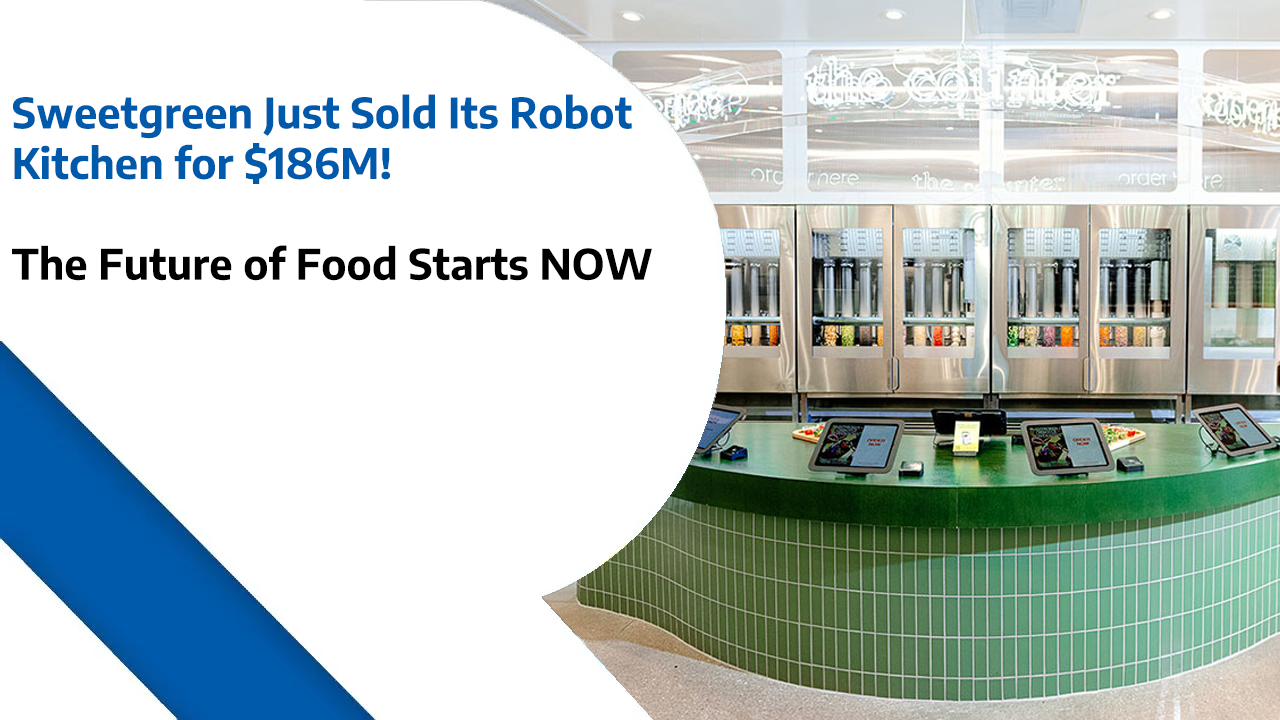
Sweetgreen Just Sold Its Robot Kitchen for $186M — The Future of Food Starts NOW
Sweetgreen Just Sold Its Robot Kitchen for $186M — The Future of Food Starts NOW Right then — big news in the world of salads and silicon. Sweetgreen has officially sold its Spyce robotics division to Wonder Group for a hefty $186.4 million.Yes — nearly two hundred million dollars… for robots that make bowls. Welcome…
-
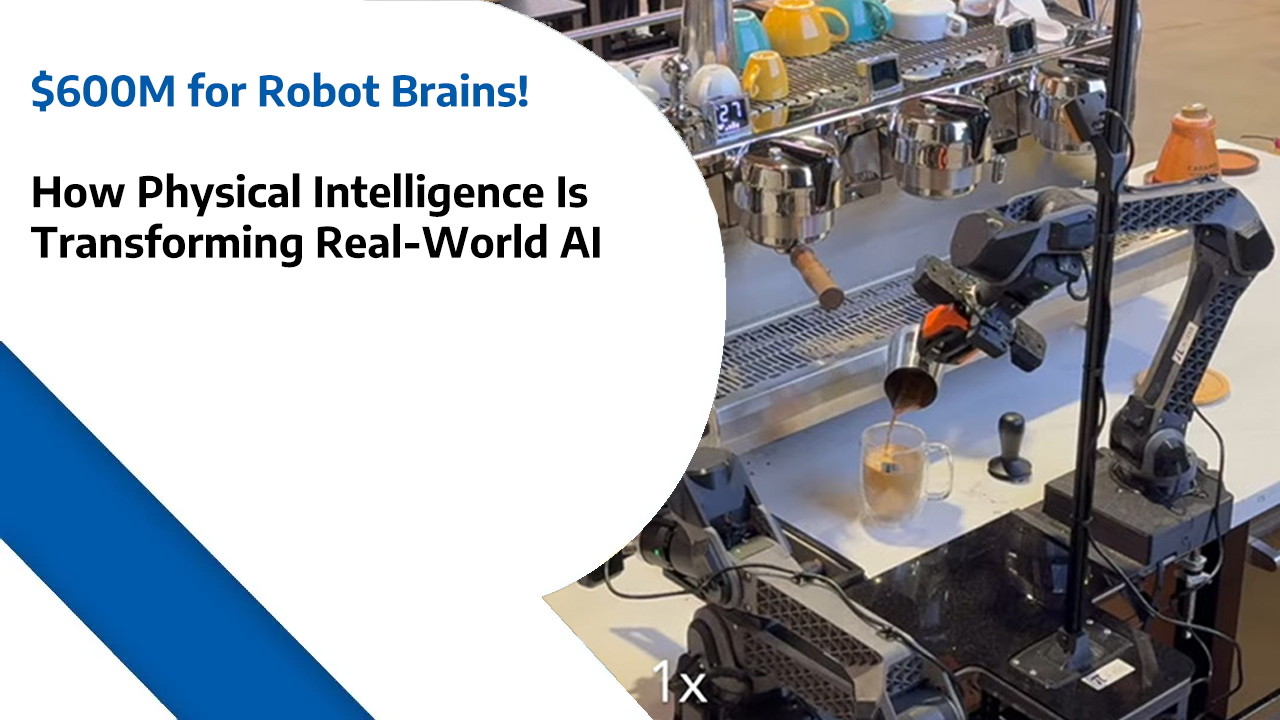
$600M for Robot Brains: How Physical Intelligence Is Transforming Real-World AI
$600M for Robot Brains: How Physical Intelligence Is Transforming Real-World AI Right then — big news in physical AI. A San Francisco startup called Physical Intelligence has just raised an impressive $600 million to push robotic foundation models into the real world. That’s a serious investment aimed at giving robots something much closer to human…
-
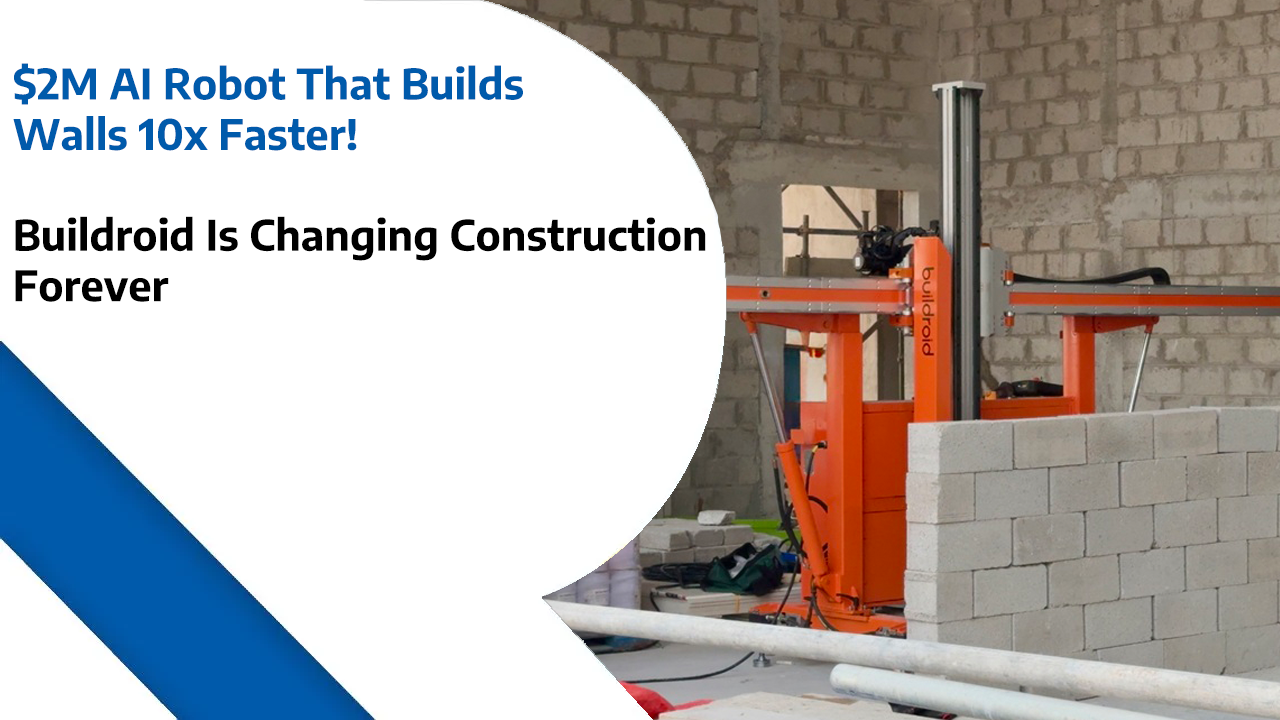
$2M AI Robot That Builds Walls 10x Faster — Buildroid Is Changing Construction Forever
$2M AI Robot That Builds Walls 10x Faster — Buildroid Is Changing Construction Forever Today we’re looking at a new construction robot that just secured a $2 million boost — and it could reshape how buildings go up across America. Buildroid AI, a robotics startup backed by investor Tim Draper, has launched its first AI-powered…
-
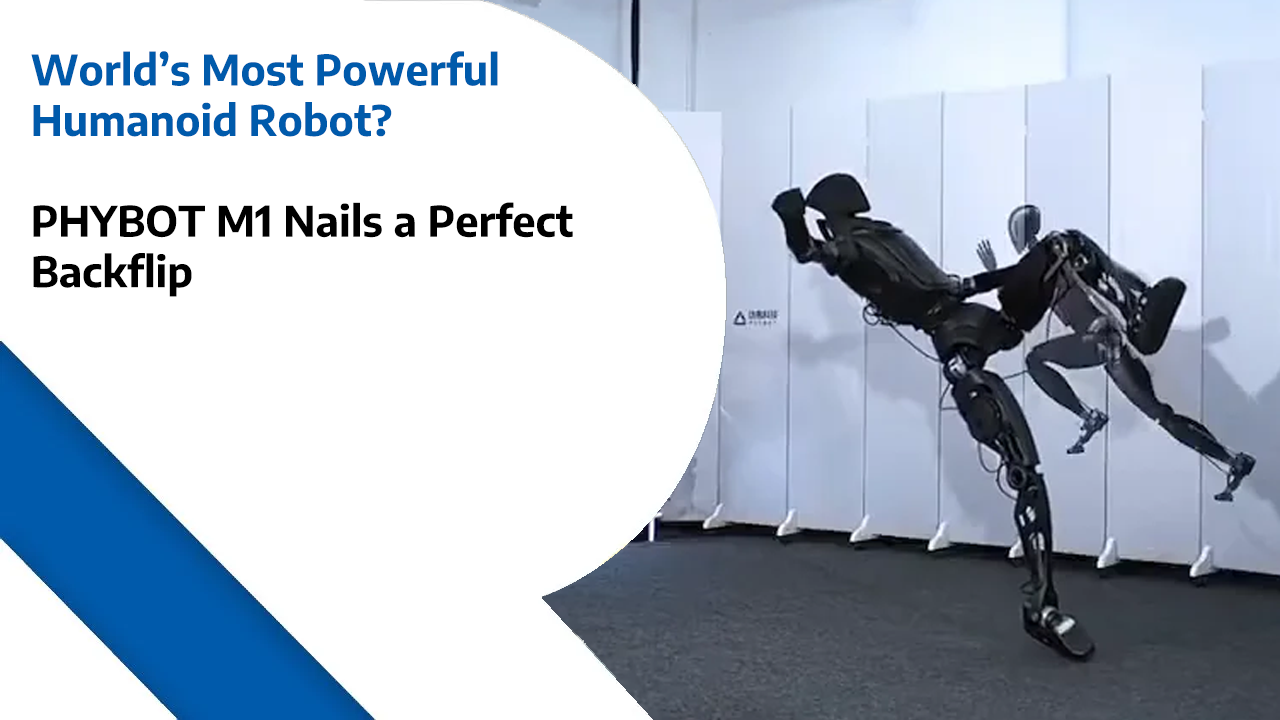
World’s Most Powerful Humanoid Robot? – PHYBOT M1 Nails a Perfect Backflip
World’s Most Powerful Humanoid Robot? – PHYBOT M1 Nails a Perfect Backflip You’re scrolling YouTube when suddenly a full-sized humanoid robot launches into a perfect standing backflip and lands like it’s rehearsing for a superhero movie.That robot is the PHYBOT M1—officially introduced in a 39-second video—and its creators are calling it the most powerful humanoid…
-
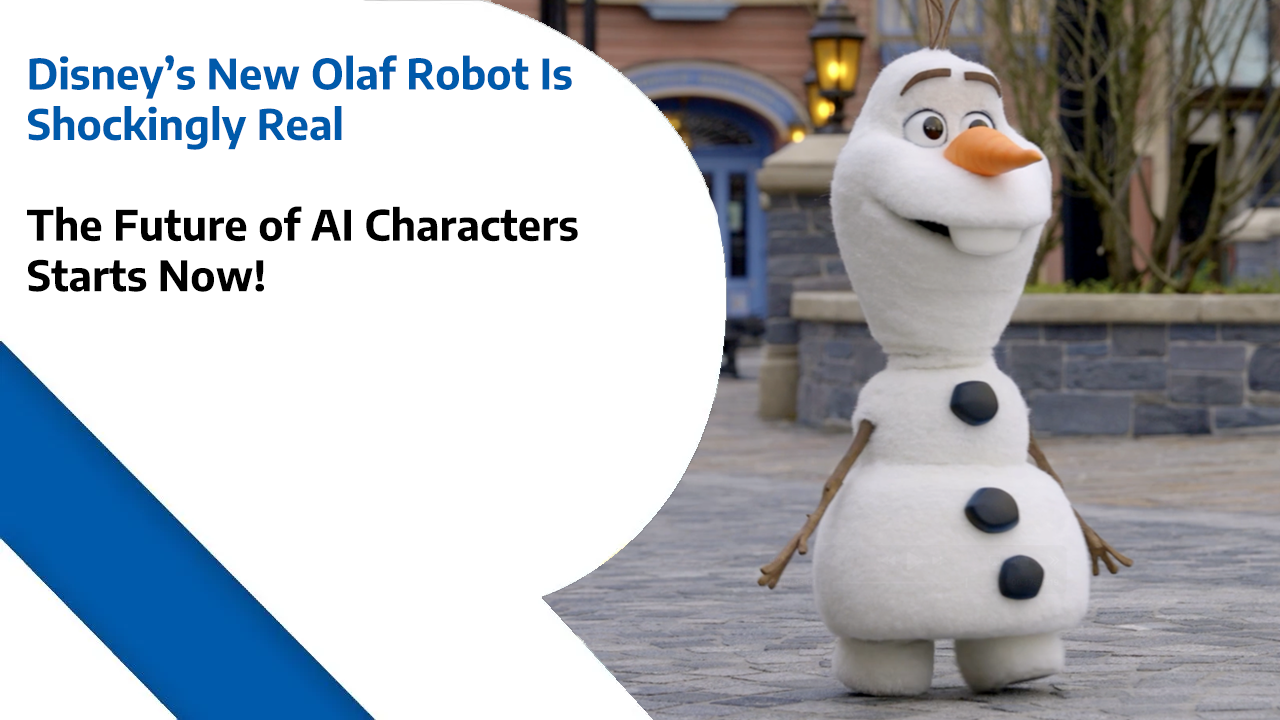
Disney’s New Olaf Robot Is Shockingly Real — The Future of AI Characters Starts Now
Disney’s New Olaf Robot Is Shockingly Real — The Future of AI Characters Starts Now Imagine walking through Disneyland Paris when suddenly Olaf — yes, the Olaf — strolls up, moves like he does in the movies, and actually starts talking to you. No stage tricks… this is real next-generation robotics from Walt Disney Imagineering.…
-
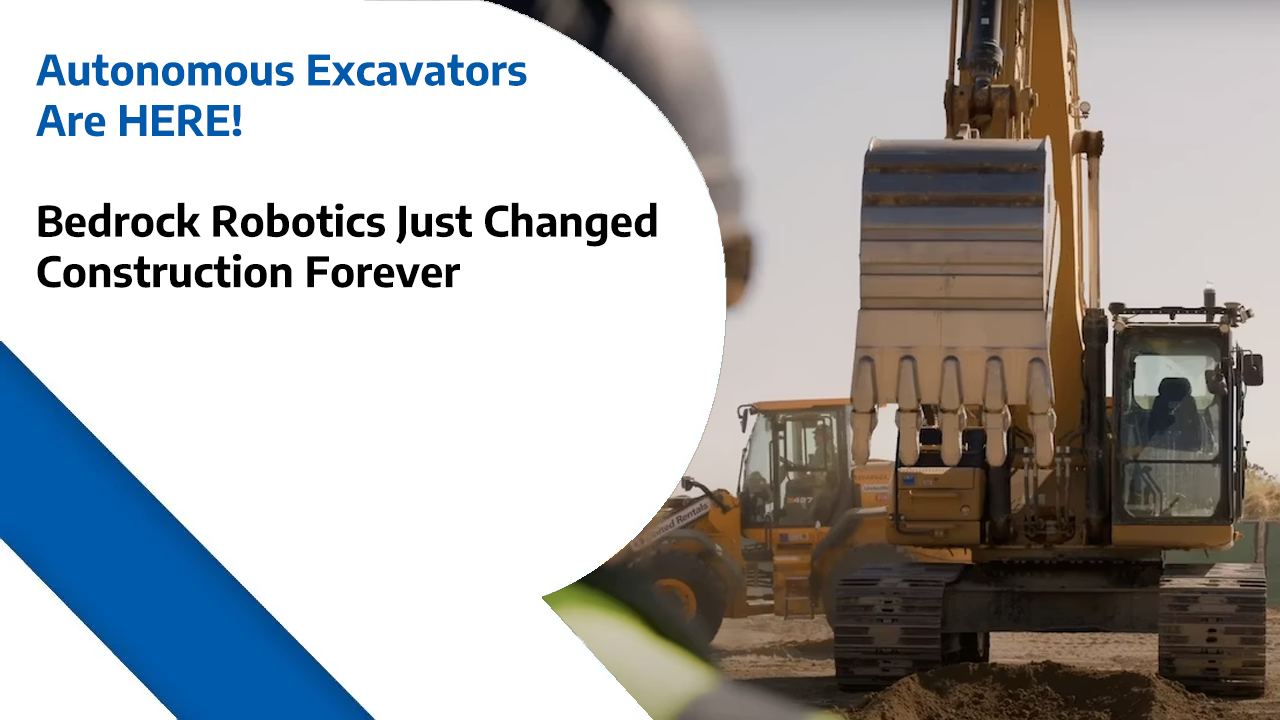
Autonomous Excavators Are HERE – Bedrock Robotics Just Changed Construction Forever
Autonomous Excavators Are HERE – Bedrock Robotics Just Changed Construction Forever Hello folks, welcome back to the channel. Today we’re looking at a major leap forward in construction tech — autonomous excavation. And yes, we’re finally at the stage where the big yellow diggers can think for themselves… mostly. Bedrock Robotics has just pulled off…
-
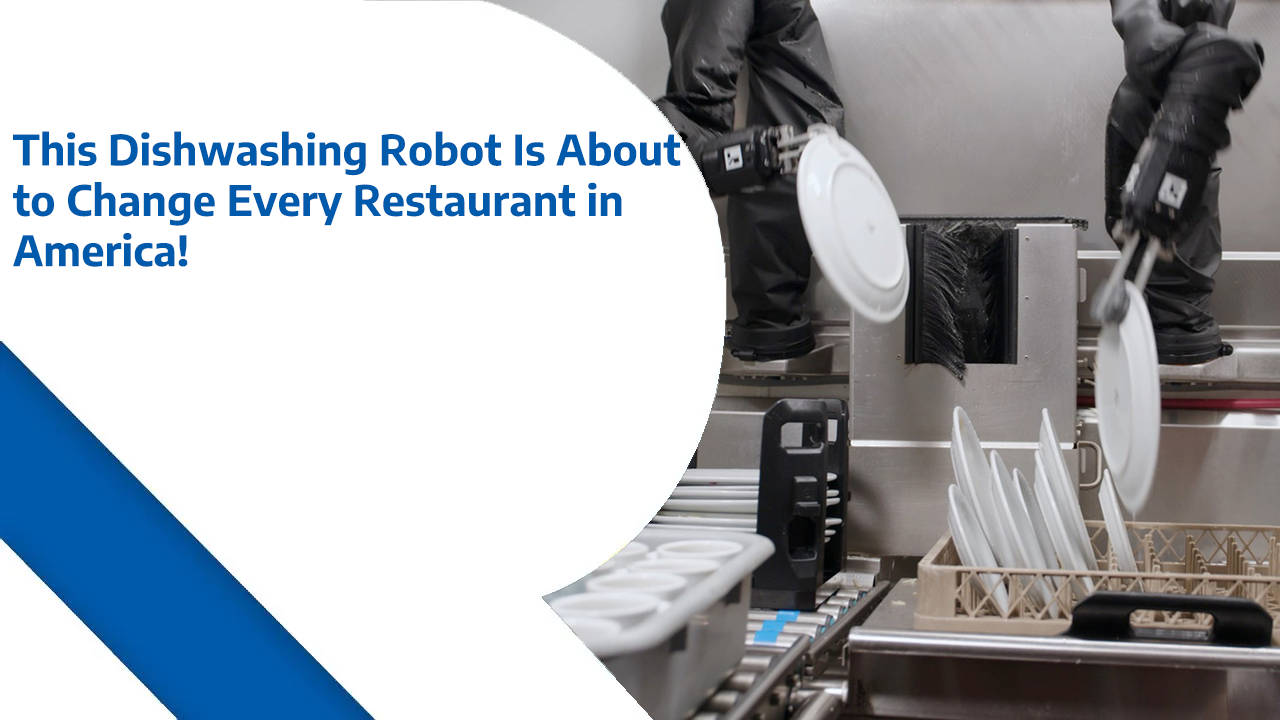
This Dishwashing Robot Is About to Change Every Restaurant in America
This Dishwashing Robot Is About to Change Every Restaurant in America Imagine a full-service restaurant on a busy night in the U.S.—orders flying, staff juggling everything at once, and in the back, a dish pit that looks like it’s preparing for battle. Now enter Armstrong Robotics, a San Francisco startup with a simple mission: automate…